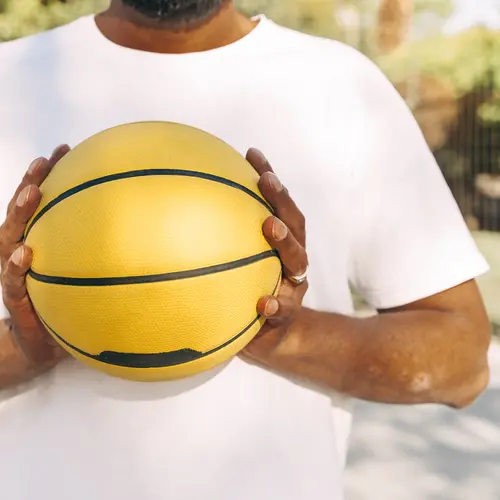When you look in the mirror and a pimple stares right back at you, you're going to get the urge. You want to squeeze it. You really want to squeeze it. Especially since pimples show up at the worst times.
Although there's never a good time to get a zit, they always seem to make their appearance right before a party, a special date, or a big family reunion.
So is it really that bad to pop a pimple?
Yes, it is.
What's the Big Deal?
Think of a pimple as a little sack that holds oil, debris, and acne bacteria, says dermatologist Zakiya Rice, MD, an assistant professor at Emory University School of Medicine in Atlanta.
"What we call the pustule is actually keeping the bacteria nice and contained," she says. When you puncture the pimple's outer skin, the gunk oozes out. If the bacteria in that gunk splatters and lands inside other pores, it can lead to more pimples.
There's another risk. Poke, pick, prick, and prod a pimple, and you can force the debris and bacteria even deeper into your skin. You may also introduce new kinds of bacteria from your finger into the zit. That can cause the pimple to become more red, inflamed, swollen and infected, and may even lead to permanent scarring.
"It's best to let a pimple run through its life span," Rice says.
Left alone, a blemish will heal itself in 3 to 7 days. Popped improperly, it can linger for weeks or lead to scarring.
How Pros Pop Pimples
Dermatologists and well-trained estheticians know how to do it safely. They wear gloves and lance a pimple with a sterile needle, then remove the contents with an instrument called a comedone extractor.
So, your best bet is to leave popping a pimple to the pros.
The Make-Up Alternative
Instead of squeezing a zit, you could hide it with makeup. Choose a cover-up that's "noncomedogenic," Rice says. That means it won't block pores.
You won't need much. "Less is more when it comes to covering up a blemish," she says.
Hollywood makeup artist Tasha Reiko-Brown agrees. "When you're trying to hide a pimple, your aim is to take away the redness, not flatten it out," she says. "If you keep piling on layers of makeup, you'll be creating a little mountain. It may not be a red mountain, but it will still be bigger and more noticeable than when you started out."
When Brown needs to hide a zit on a famous client, she uses a concealer that matches their skin tone or foundation in a dry, not creamy, formula. These generally come in pots or sticks.
Though she generally uses her fingers to apply makeup, she picks up a flat brush with short bristles when she's covering a zit. "That way I can get the concealer right where I need it without leaving a fingerprint behind," she says. Blend the concealer beyond the borders of the blemish.
If you find yourself facing the "to pop or not to pop" dilemma every day or week, talk to your doctor or a dermatologist about ways to manage your breakouts.

